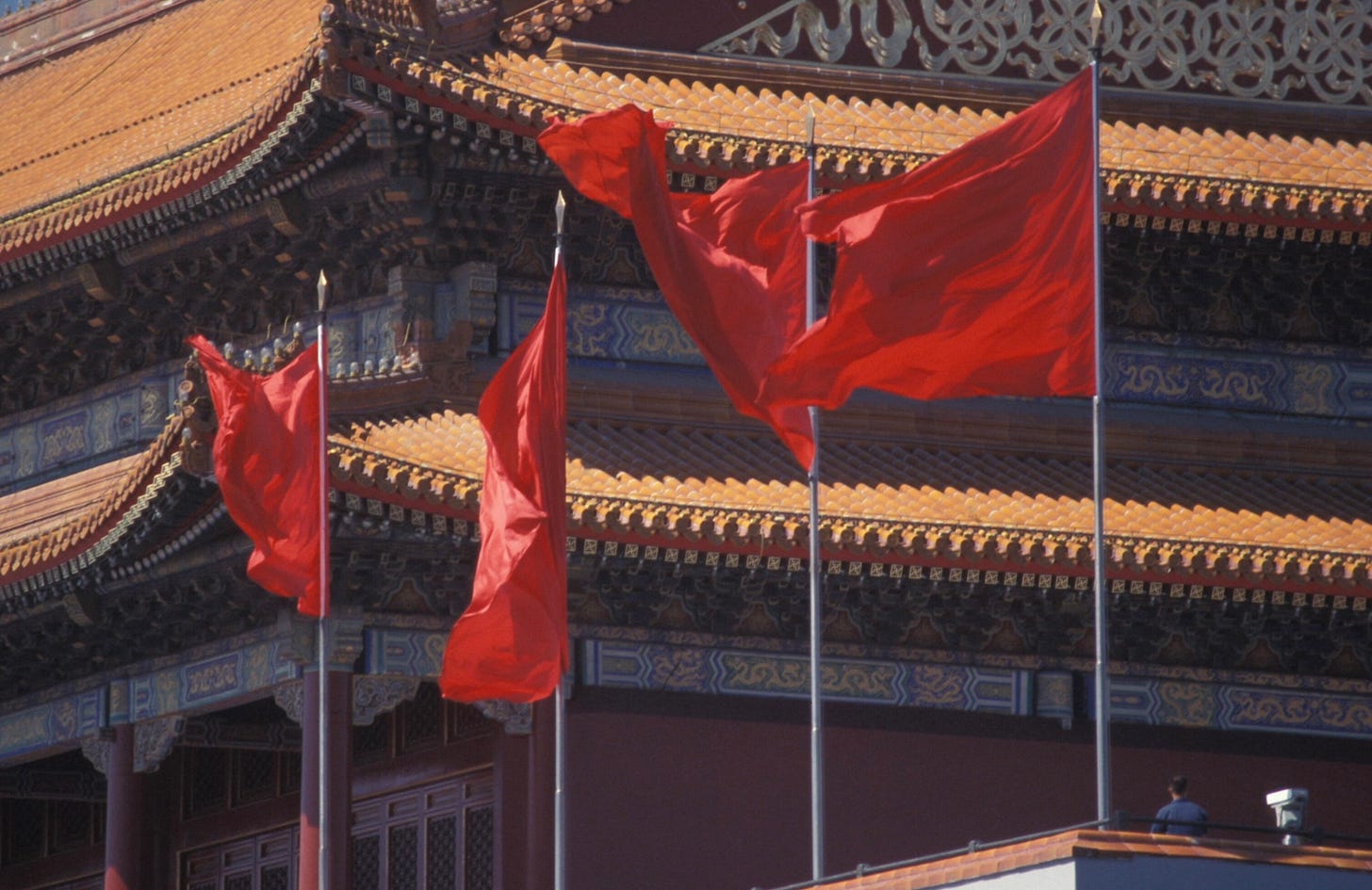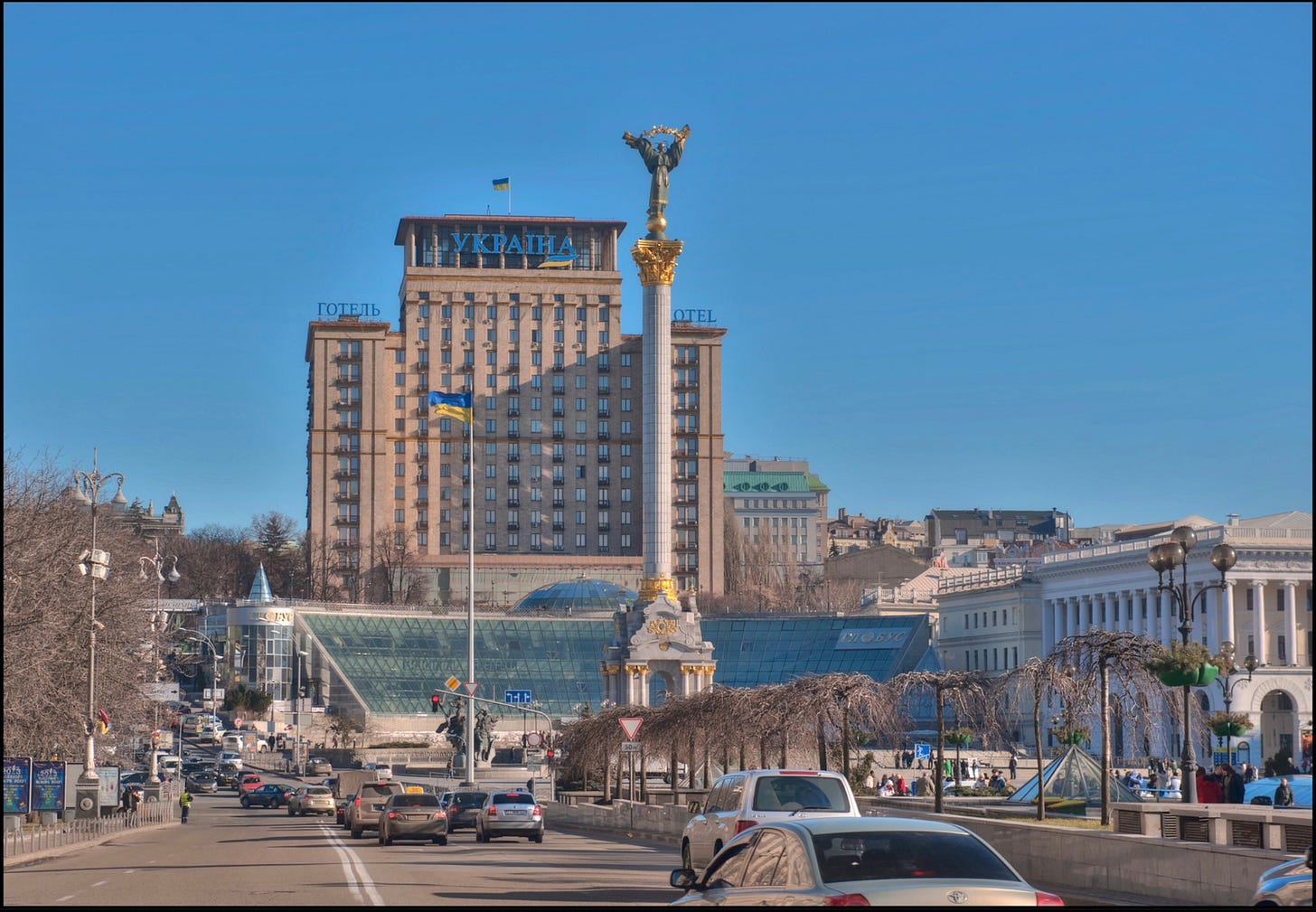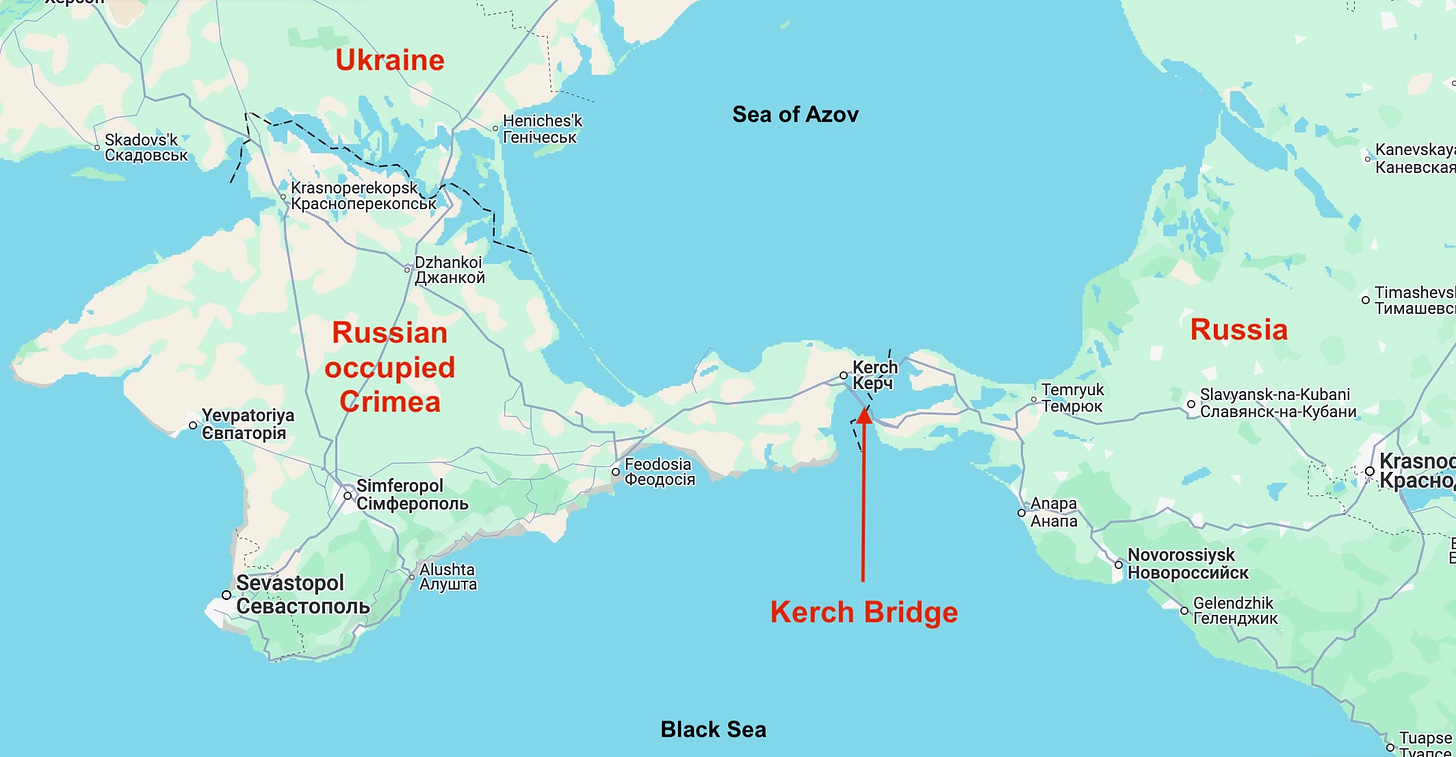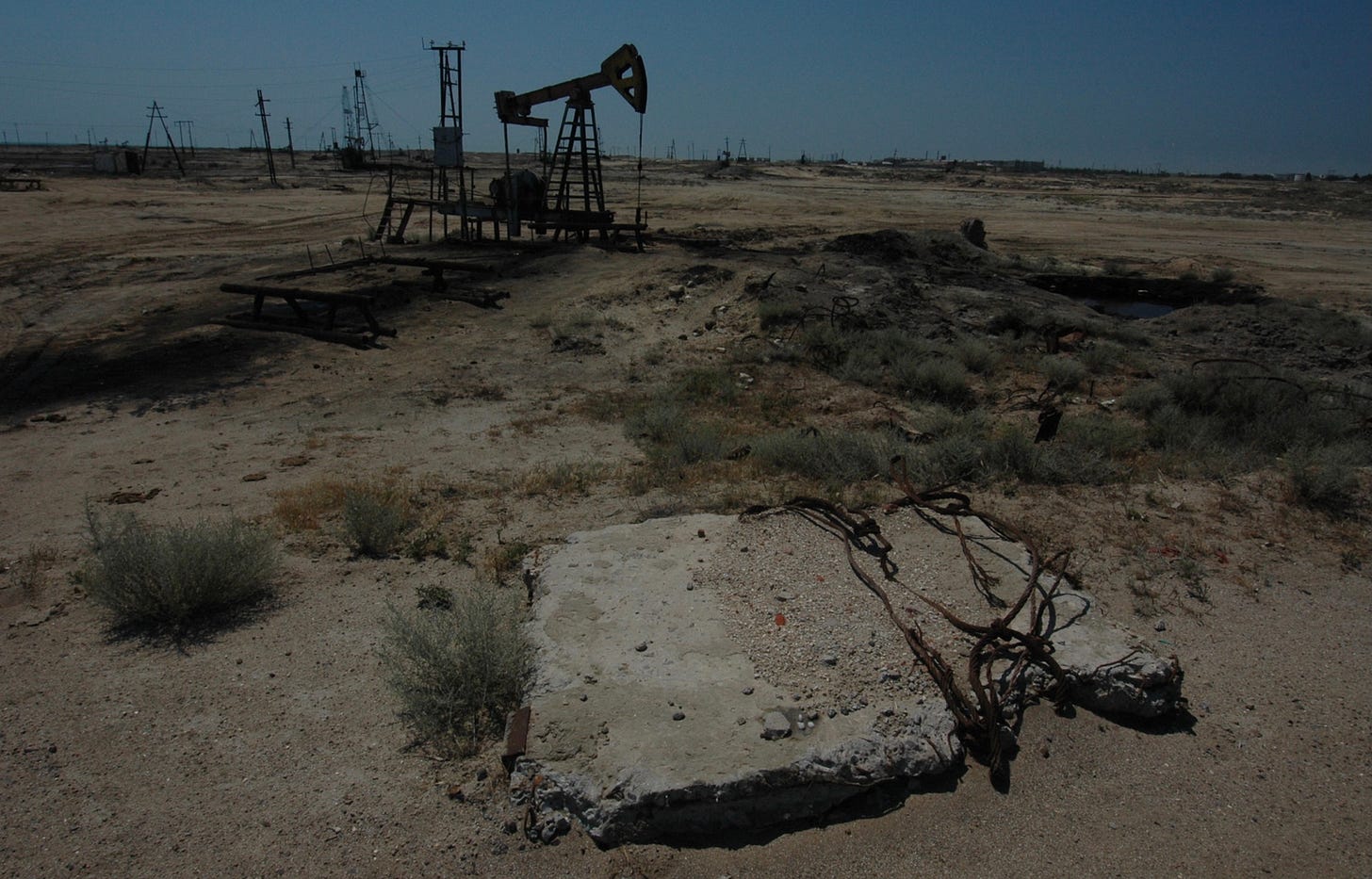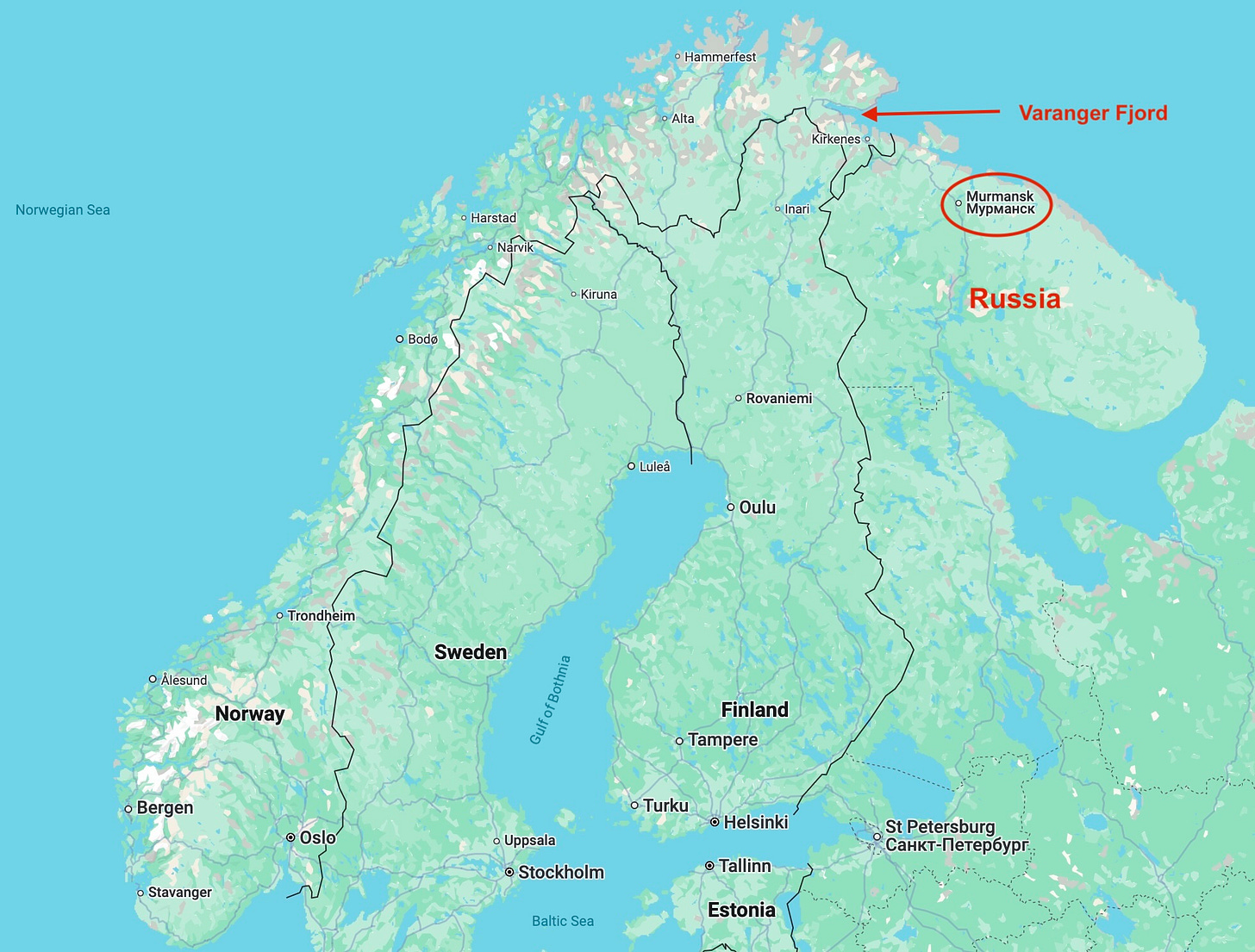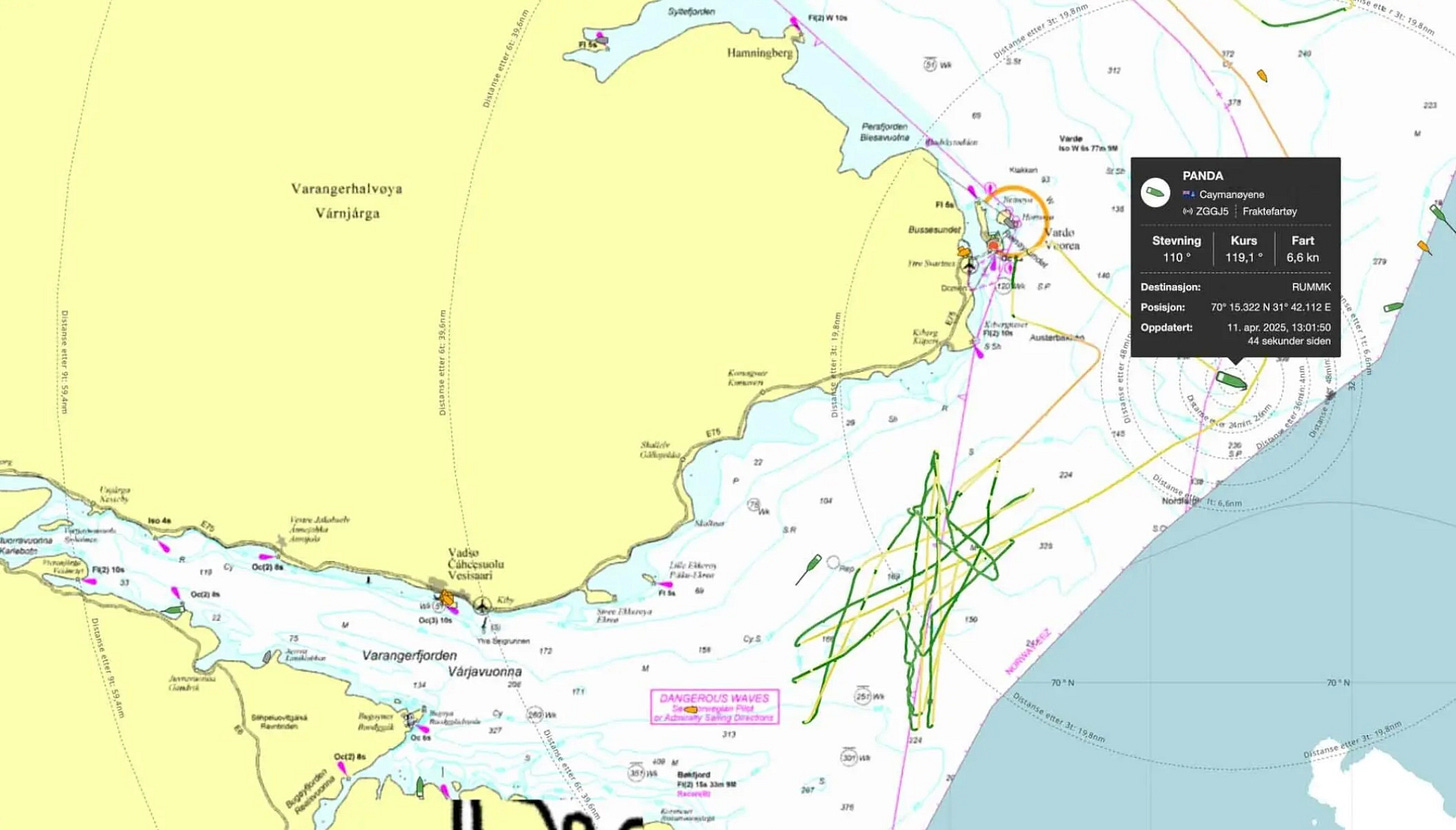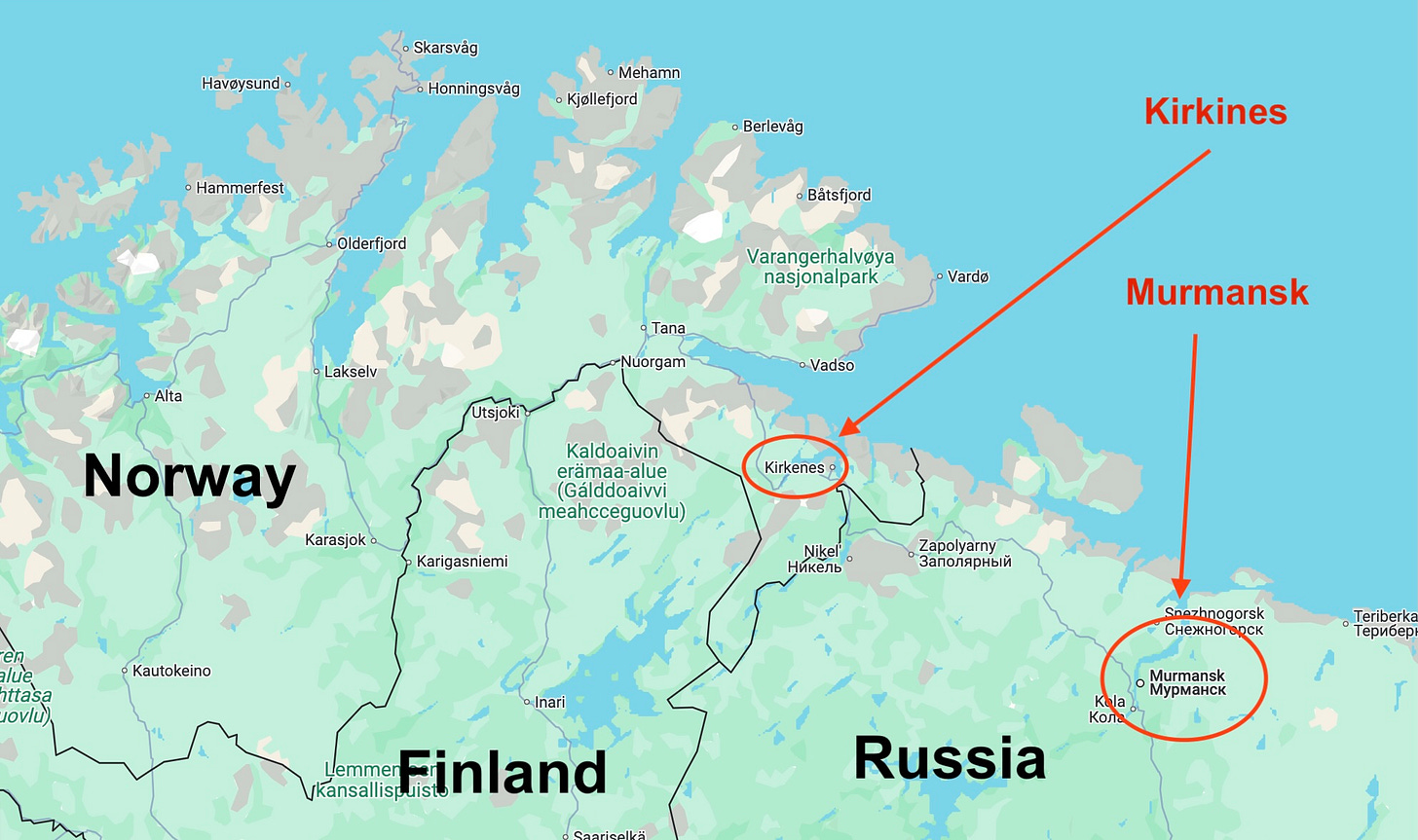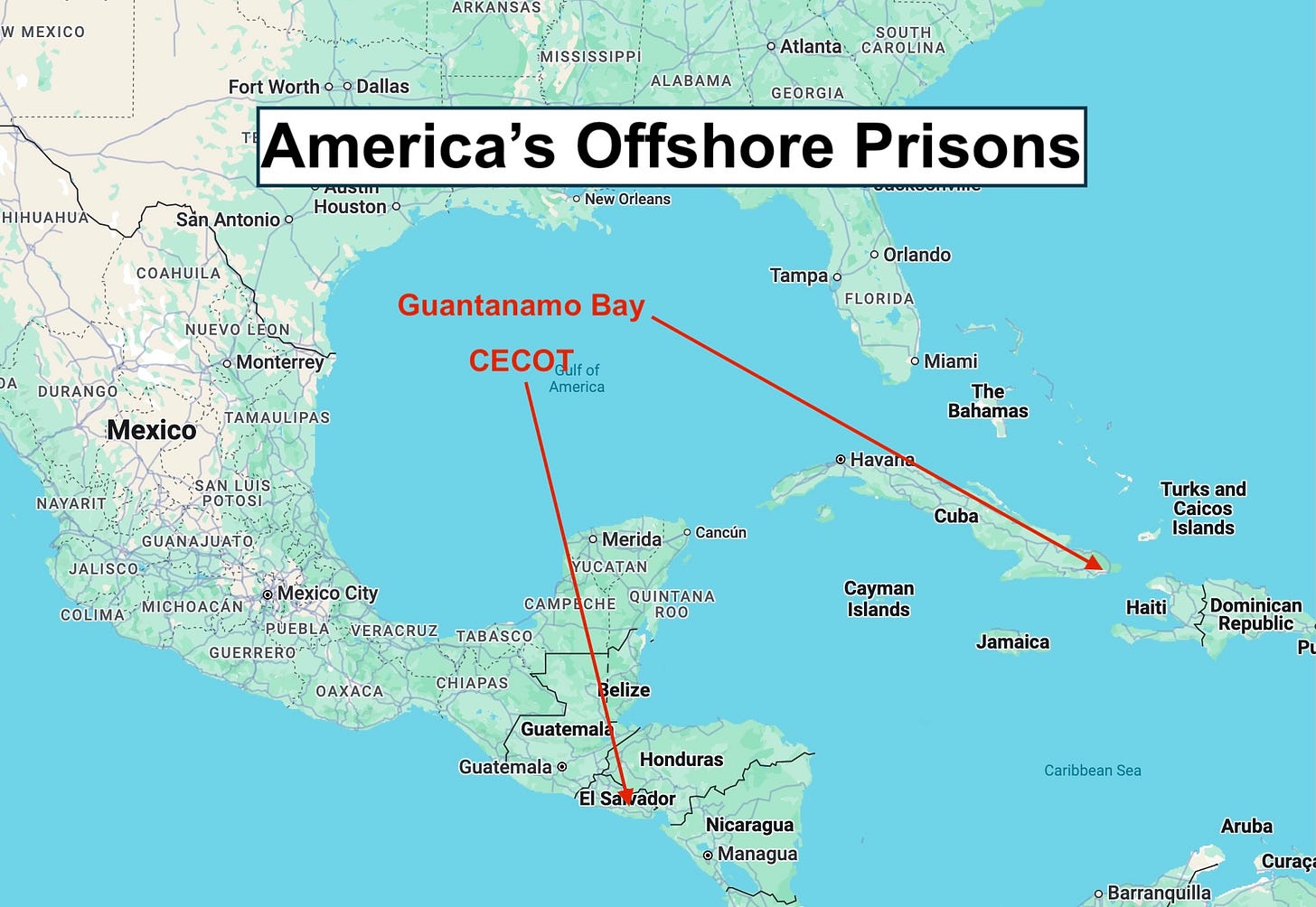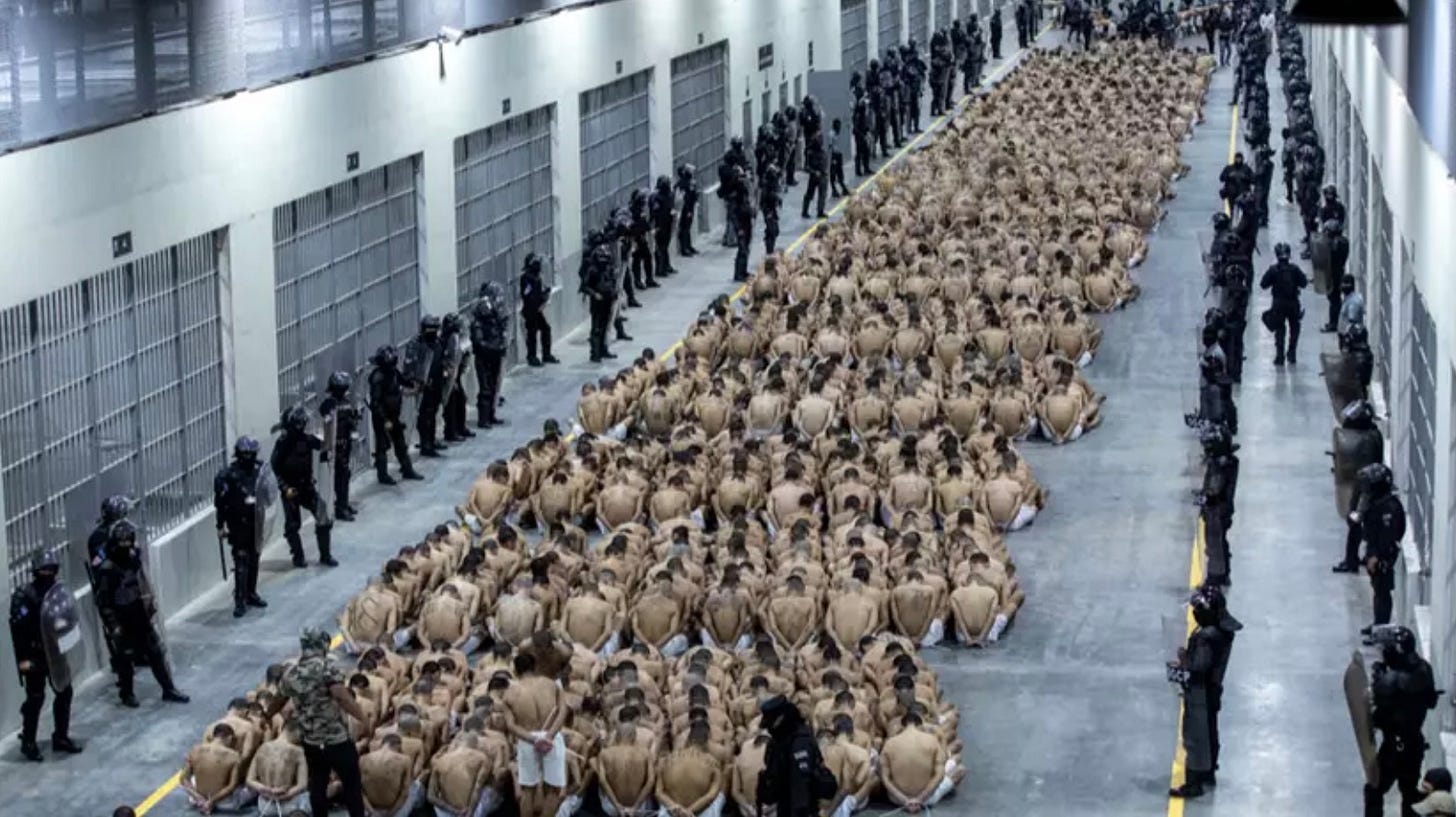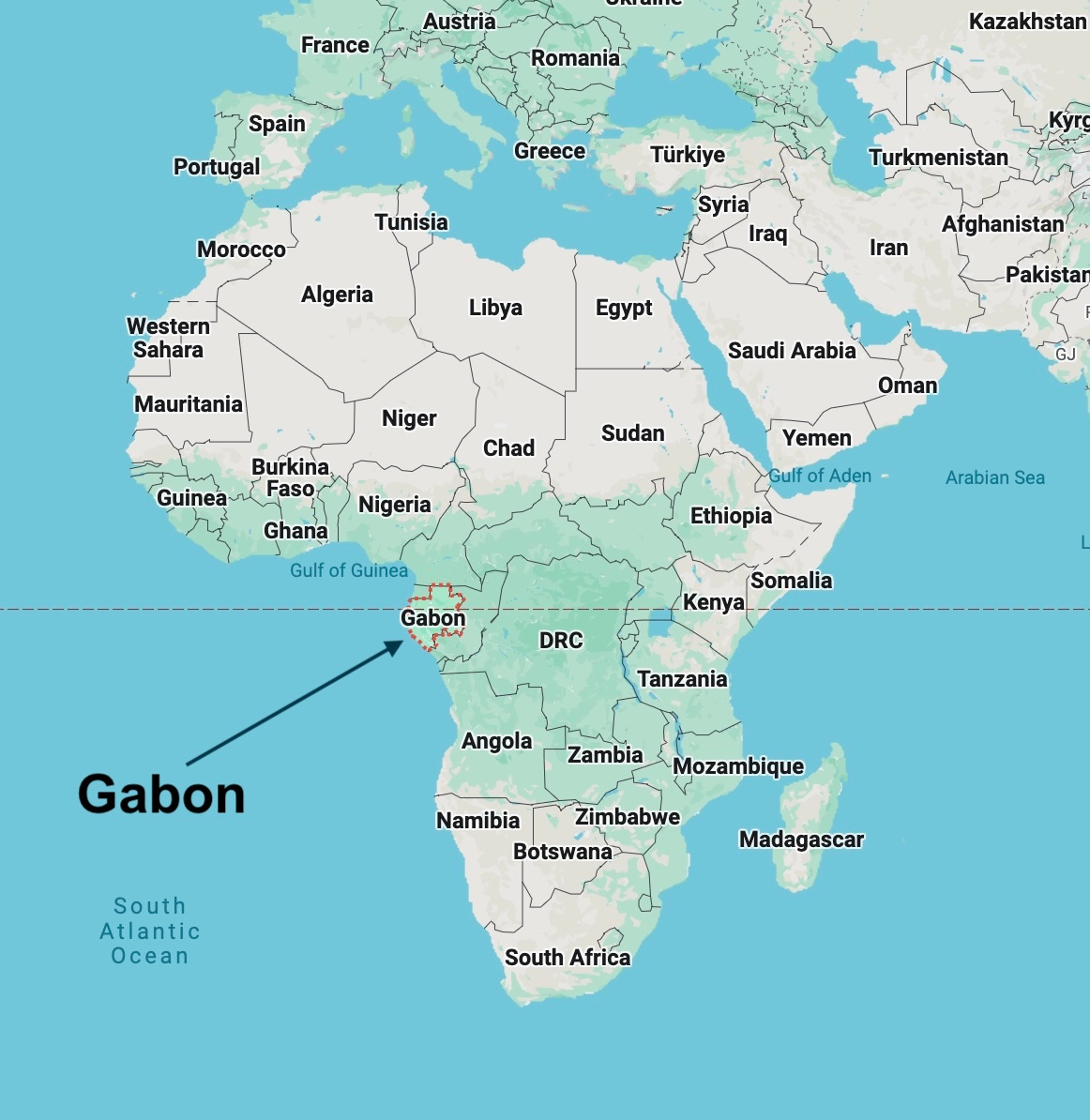Welcome. Common Sense and Whiskey a short, sharp, once a week look at the world out there, and this week we have several things to discuss. ‘Tariff’ may or may not be a beautiful word, but talk about tariffs is just plain boring, unless you consider their geopolitical implications.
So we’ll take a look at Xi Jinping’s Southeast Asian road show. We’ll examine a few oblique angles on what’s up in Ukraine and Russia. We’ll ask how secure Vladimir Putin is, really. And then there’s the curious case of the Trump administration and Romanian politics.
If you find any insights here, please consider subscribing to Common Sense and Whiskey. It would be great if you could contribute, but there are no paywalls here. You can always read the whole thing.
Let me know what you think.
Let’s go:
SOUTHEAST ASIA: Xi Jinping took his diplomatic carnival on the road this week, to Vietnam, Malaysia and Cambodia, signing small bore deals and seeking to pitch China as a stable trading partner, in contrast with the Trump administration’s scattershot tariff policies.
Contrary to the US administration’s assertions that its beautiful tariffs will make American great again, it appears they have the potential to make America more isolated. They could be driving America’s soft allies in China’s neighborhood back in a direction they’ve been reluctant to go—back to Beijing. Vietnam is an example.
The Biden administration spent its term courting Hanoi as a potential regional ally against Chinese aggression. Biden visited Hanoi in 2023, Antony Blinken visited twice, Lloyd Austin visited Hanoi and hosted his Vietnamese counterpart at the Pentagon, and Kamala Harris became the first sitting American vice-president to visit, in 2021.
In recent years the US moved to shore up Vietnam’s defenses by sending some of it older coastal watercraft, cutters and patrol boats to the Vietnamese military. At the same time, more trade and investment furthered alliance-building.
It’s unclear how tariffs on Vietnam (a formidable manufacturer) and Cambodia, at 46% and 49% respectively—among the highest imposed by the American administration—are consistent with the its goal of confronting China.
As Chinese manufacturing costs have slowly grown, many companies have relocated to Vietnam, which offers lower costs. Vietnam has welcomed them because they have both raised Vietnamese living standards and helped to grow its middle class. That shift, over the past decade or so, had become a quiet structural support for the deepening US/Vietnam relationship.
Since 2016 the US trade deficit with Vietnam has quadrupled, becoming America’s third largest after those with China and Mexico. In trying to make sense of the Trump tariff strategy, it’s important to note that the trade deficit Trump means to eliminate is what the United States wanted. It is a byproduct of its defense strategy.
The entire Southeast Asia region will now fear dumping from China—that is, that China may unload many once US-bound goods at or below cost—which could throw domestic markets across the region into turmoil.
At the same time there’s this: exports to the US have until now accounted for around 30% of Vietnam’s GDP. A new duty at the American border of 46 percent on everything off the boat could be disastrous for the Vietnamese economy.
Everywhere you look lurks the dreaded uncertainty. Vietnam has scrambled to make concessions. It sent its deputy prime minister to Washington with offers to remove all tariffs on US imports, and a promise to buy more American goods.
•
At week’s end this whole tariff exercise is full of unknown unknowns. For example: while Xi’s attention was fixed on Vietnam, Cambodia and Malaysia this week, back in Zhongnanhai, the Chinese leadership compound in Beijing, planners will be furiously making a plan for trade with Europe. An EU/China summit is scheduled for late July in Beijing between top EU and Chinese officials.
The EU would prefer to work with the US, not China. It’s a much more natural relationship, based on things like common heritage, political systems and ethnic kinship across generations.
But should the Trump tariffs continue these coming three months, by the time the July summit rolls around, the EU may be ready to diversify its trade partnerships, and China will be seeking to do the same. China will present itself as the more reliable trade partner.
Before the Trump tariffs a top U.S. strategic priority—under both Democratic and Republican administrations—was to head off EU/China economic and especially tech ties. Remember the energy spent on dissuading the Europeans from granting Chinese cell phone provider Huawei access to European telecoms infrastructure?
The US also fought EU participation in China’s Belt and Road Initiative, seeing it as a Gobi camel’s nose inside the EU tent. Those were top level US policies toward the European Union and China, right up until the Trump tariffs. And now they are not.
Not to get out ahead of ourselves. The EU and China are not entering into a new romance.
Presented with a clear choice, whether to attend the eightieth anniversary commemorations of the end of World War II on August 8th in Europe or August 9th in Moscow, Xi accepted an invitation to stand alongside Vladimir Putin in Moscow.
But still. Note the EU/China summit is set for late July, just weeks after the annual NATO summit June 24 to 26, 2025 at the Hague. My guess is EU trade negotiators’ stance will be affected by whether Donald Trump is a NATO summit no show.
•••••
UKRAINE SHORT BITS AND RUMORS: Paris took its turn at diplomacy this week, hosting European, Ukrainian and American delegations. All sides came, proclaimed and went without a lot of apparent effect. At the same time though, a few interesting things are happening on the sidelines.
First, there’s talk of a proposed armed NATO ‘drone wall,’ built all along the NATO border, to serve as an early warning and deterrent to any future Russian attack anywhere west of Ukraine. The force would consist of thousands of drones, a fleet of which would always be in the sky. It would be cheap, scalable and would use Ukrainian expertise. Some suggest if it got the go ahead, such a hovering barrier could be in place in a year.
Second, Germany’s new Chancellor Friedrich Merz will be installed on May 6th and reiterated this week his willingness to allow Ukraine to deploy Germany’s Taurus missiles. The Taurus is a German-Swedish joint venture, an air-launched cruise missile with a range of 310 miles. The missiles would be fitted onto Ukraine’s Soviet-era Sukhoi Su-24 fighters, like British Storm Shadow and French SCALP missiles before them.
Here’s the key thing about the Taurus: unlike the British and French missiles Ukraine already possesses, the Taurus carries dual stage warheads designed to defeat hardened or deeply buried targets—bunkers, command centers, and bridges.
Specifically, and crucially, the Taurus would give Ukraine the new potential to drop the Kerch Bridge into the water.
A little quick geography: you can see here that the bridge connects Crimea to the Russian heartland. Hurriedly built after Russia occupied Crimea, it has been carrying road and rail traffic from Russia since 2019.
The Taurus’s potential to bring it down seems to have made outgoing German Chancellor Olaf Scholz skittish, and he has withheld the Taurus from Ukraine throughout his term in office.
Merz’s May 6th accession to the Chancellery awaits formal approval of the coalition agreement between his CDU/CSU and Chancellor Scholz’s SPD parties.
And third, on Wednesday the Ukrainian parliament reauthorized martial law, extending it for another 90 days until August 6. The parliament must periodically reaffirm the country’s state of martial law, and it has done so fifteen times since Russia’s full scale invasion. The vote this week was 357-1.
President Putin has repeatedly called Zelenskyy an illegitimate leader because there haven’t been elections in Ukraine since spring of 2019 (as if Putin himself were legitimately elected), and Donald Trump seems to buy Putin’s notion of Zelenskyy’s illegitimacy.
But by law in Ukraine, elections can’t be held under martial law. Gatherings of people at polling places would provide ready targets for a Russian military that seems to relish killing civilians. Soldiers, meanwhile, are at the front and can’t travel back home to vote.
Since President Zelenskyy’s Oval Office ambush by Donald Trump and JD Vance in February, Zelenskyy’s domestic poll numbers have soared. So the thinking was that if a temporary ceasefire were eventually agreed as Mr. Trump badly seems to want (at least for the moment), Mr. Zelenskyy would ask for martial law to be suspended for the purposes of an election which, chances are, Zelenskyy would win in a walk, thus helping to legitimize himself in Trump’s view.
But at week’s end Secretary of State Rubio was suggesting walking away from the whole ceasefire project. “If it is not possible to end the war in Ukraine, we need to move on,” he told reporters on Friday as he left Paris. “We need to determine very quickly now, and I’m talking about a matter of days, whether or not this is doable.”
He seemed to begin to distance the administration from its own project:
“If it’s not possible, if we’re so far apart that this is not going to happen then I think the president is probably at a point where he’s going to say we’re done.”
“It’s not our war. We didn’t start it. The United States has been helping Ukraine for the past three years and we want it to end, but it’s not our war.”
Before Rubio’s declaration, Putin met Trump’s envoy Steve Witkoff, whose negotiating expertise comes from buying real estate properties like the Daily News Building and the Woolworth Building in Manhattan, and decidedly not geopolitics. They met for four and a half hours last Friday in St. Petersburg.
At first neither the Russians nor the Americans had much to say about what the meeting accomplished. Then, predictably, this week Witkoff turned up on the Sean Hannity show to reveal that “towards the end” of the meeting “we got an answer” to what Putin wants “to get to have a permanent peace.” He didn’t say what that was.
The thing to anticipate as we head into the weekend is less what Putin wants “to get to have a permanent peace,” but rather, whether the president has lost interest in the whole project.
•
PETROLEUM PRICES PLAGUE PUTIN: In the ‘everything’s connected’ department, here’s an update on a story we talked about a couple of weeks ago: Donald Trump seems hellbent on supporting Vladimir Putin’s war on Ukraine. And yet the president’s Tariff World War has increasingly caused economic analysts to predict a coming recession.
The prospect of an economic slowdown has sent oil prices dropping in Russia, just like everywhere else. The average barrel of Urals crude, Russia’s main export grade of oil, traded at about $50 a barrel at the end of last week. The FT reports that the trouble is, Moscow planned its 2025 budget based on Urals oil selling for $69.70 a barrel.
Russia has already been drawing from its National Wealth Fund, which holds surplus oil and gas revenues and is meant to support the pension system, cover budget deficits, and help stabilize the economy. Its liquid assets have plummeted from $117 billion before Putin’s war of choice to approximately $31 billion by late last year. That is a precipitous drop.
One last note on Russia: More and more Baltic and Nordic voices contend that war is not coming, that Russia is already waging hybrid war in Europe. European officials say on the record that warehouses, cargo planes, shops and underwater cables have all been targeted already. Here is the headline in a story in the Barents Observer:
First, here’s where we are on the map. Way up top:
Murmansk is the main city in arctic western Russia. It is the home port, logistics hub and administrative center for the Russian Northern Fleet. Now, here via the Barents Observer, is the route of the bulk carrier Panda, on its way from the Turkish port of Iskenderum to Murmansk, apparently spending three days off the Norwegian coast trolling for intelligence. The intelligence wars are clearly already on.
(And just one last personal bit about this region for me: If things go to plan, I hope to make it to the top of Norway and have a report from Kirkenes later this summer.)
•••••
If you’re reading this as an email, your provider may clip this article before the end. Try clicking on ‘view entire message’ to see the whole thing, or you can always read everything at Common Sense and Whiskey online.
•••••
NOT A GOOD TREND: In the last month the United States has doubled the number of known offshore concentration camps that house America’s prisoners: first came Guantánamo Bay, Cuba, established after 9/11, and now there’s Centro de Confinamiento del Terrorismo (CECOT), under the auspices of our best ally of the moment, President Nayib Bukele, the self-styled world’s coolest dictator. This prison, Bukele’s pride, is twenty-five miles outside El Salvador’s capital San Salvador, in a place called Tecoluca. You can tell how proud Bukele is of this prison. His government hands out photos like this to the press.
•••••
ROMANIA: Considering it’s a low profile, ordinary central European country, we’ve discussed Romania a lot here lately. That’s mostly because of an unusual interest shown by the Trump administration, and his family.
The first round of Romanian presidential elections is two weeks away, scheduled for May 4th, with a runoff on May 18th. These elections were rescheduled after fall elections were cancelled because of alleged Russian meddling.
Those allegations of Russian interference seem to have angered the Trump camp. Recall that when Vice President JD Vance flew to Munich in February to campaign for the far right German AfD party, meet with its leader Alice Weidel and speak at the Munich Security Conference, he took the Romanian government to task for standing up to Russian interference.
Not to wander too far into the tall grass, but the party behind the disqualified candidate now supports another far right candidate named George Simion. A dark horse candidate, former Prime Minister Victor Ponta has also emerged and is polling behind Simion in second place. Ponta was once forced from office, following anti-government protests ten years ago.
This story deserves fuller treatment, maybe after the election. But for now, the mayor of the capital, Bucharest, who is also a presidential candidate, told the FT, “A Simion or Ponta victory would be big, big trouble for the relations of Romania and its EU partners. The president leads out national security council, he can block Romanian aid to Ukraine or parts of the EU rearmament programme.”
Whatever happens will reverberate through Brussels and Kyiv—but it will positively thunder through Chișinău, the capital of neighboring Moldova. Moldova has aligned itself as tightly as it can with the EU while fighting constant disinformation wars with Russia. Romanian elections will reverberate beyond Romanian territory. Much to examine in the weeks to come.
Here’s the intrigue: the day after Romania cancelled last year’s presidential election, after Donald Trump had been elected president but before inauguration day, former Prime Minister Ponta flew to Mar-a-Lago for what he called a ‘private meeting.’
And coming right up, Donald Trump Jr. is due to visit Romania for an event billed as "Trump Business Vision 2025.” A week before the election.
•••••
NAME OF THE WEEK: Gabon held elections this week and its military leader won. That’s maybe not surprising. What caught my eye was his main rival, who won about three percent of the vote. His name sounds like a character in a children’s book. Name of the week: Alain Claude Bilie-By-Nze. You’ll get ‘em next time, M. Bilie-By-Nze.
Extra credit: quick! where is Gabon?
That’s it for this week. I’ll be traveling next week, so next Friday, instead of the usual What Just Happened we’ll feature an excerpt from my book of travel writing called Out There: Thirty Essays on Travel.
Content on Common Sense and Whiskey is free. There’s no paywall, but if you subscribe for $5 a month or $50 a year for 2025, next time I’m in town I’ll come over and wash your car. Maybe.
You tip your UberEats driver, don’t you? Of course you do. I have probably approximately as much insight as him or her. Approximately.
Thanks for reading. Please pass this article around and invite your friends to subscribe. And let me hear from you. See you next week.
Bill






